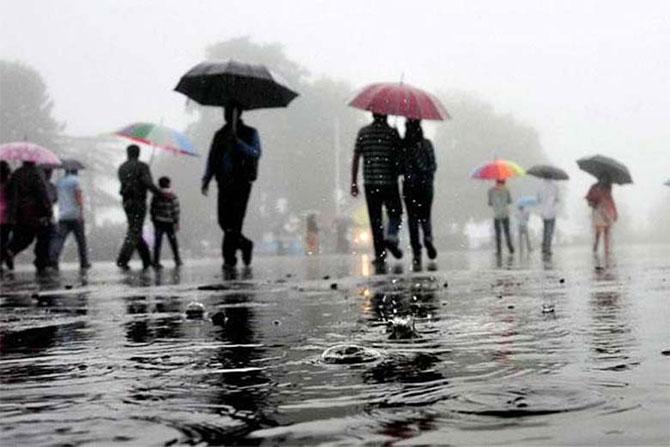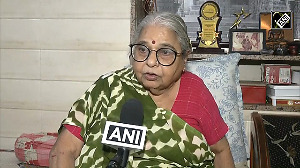The monsoon this year in India was likely to be ‘below normal’ at 95% of LPA: Skymet

Private weather forecasting agency Skymet on Monday said the monsoon this year in India was likely to be ‘below normal’ at 95 per cent of the long-period average (LPA).
A deficit monsoon could impact the Reserve Bank of India’s (RBI’s) monetary policy stance and compel the central bank to go for a prolonged pause on interest rates.
The LPA is the average rainfall that India received during the past 50 years, and it is estimated to be around 88.7 cm (887 mm).
If the forecast turns out to be accurate, it would mean India would experience less-than-normal rains in the last three of the four years.
The state-run India Meteorological Department (IMD) is expected to come up with its first official forecast of the southwest monsoon next month.
IMD Director-General K J Ramesh had told Business Standard late last month that El Niño was not seen making any impact on the development of the southwest monsoon as it would appear around June, when the monsoon had set in.
Rainfall between 96 and 104 per cent of the LPA is classified as ‘normal’, while that between 90 and 96 per cent is classified as ‘below normal’. Skymet said the southwest monsoon could make a strong start in June, but wither subsequently with the El Niño impact setting in.
A small deficit in the rains might not have a severe impact on the kharif harvest, but much will also depend on the distribution of the southwest monsoon, mainly over rainfed areas of central and western India, which largely grow pulses and oilseeds.
However, a below normal monsoon has the potential of pushing up vegetable prices and reducing farm sector growth to under four per cent.
Over the past five years, Skymet has had a slight edge over the IMD in predicting the monsoon outcome on the criteria of direction and magnitude, though its prediction went wrong in a big way in 2015.
“The evolving El Niño may start affecting the monsoon performance July onwards. Nevertheless, the presence of positive Indian Ocean Dipole (IOD) - also known as the Indian Niño - could help in tempering the adverse impact of El Niño,” Jatin Singh, chief executive officer of Skymet, said.
He said at present the IOD (western and eastern Indian Ocean becoming alternately warmer and cooler) was in a neutral phase but weather models were indicating that the IOD might become positive during the second half of the monsoon.
By then, El Niño might also start reflecting its position, which, according to weather models, has over 60 per cent chance of coming into existence.
The forecast said western India, along with Peninsular India, could have a higher risk of getting less than normal rain during June to September with regions like Gujarat, Konkan and Goa, Madhya Maharashtra, Karnataka, Kerala and Tamil Nadu likely to be the worst-hit.
This could have a severe impact on groundwater and drinking water availability in the southern states because they have been suffering drought since the kharif season in 2016.
The much-sought-after winter rains, which start from October onwards, have been deficient in southern India, while the normal monsoon was also weak.
“East India, especially Odisha, Jharkhand and West Bengal, are most likely to see normal monsoon rains throughout the season,” Skymet said.
The weather forecasting agency said that overall in four months from June to September, the southwest monsoon has a 60 per cent chance of being normal and 40 per cent of being below normal.
Photograph: PTI Photo






